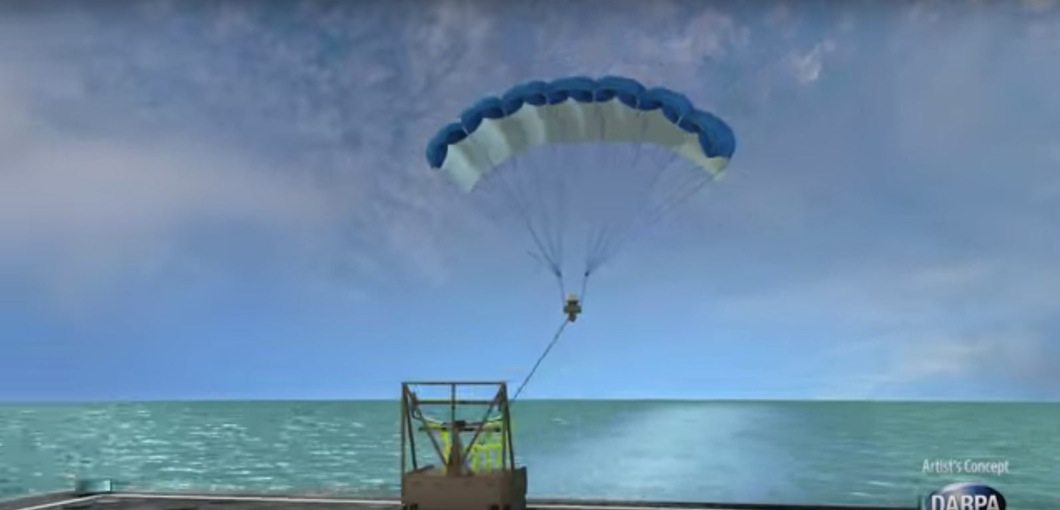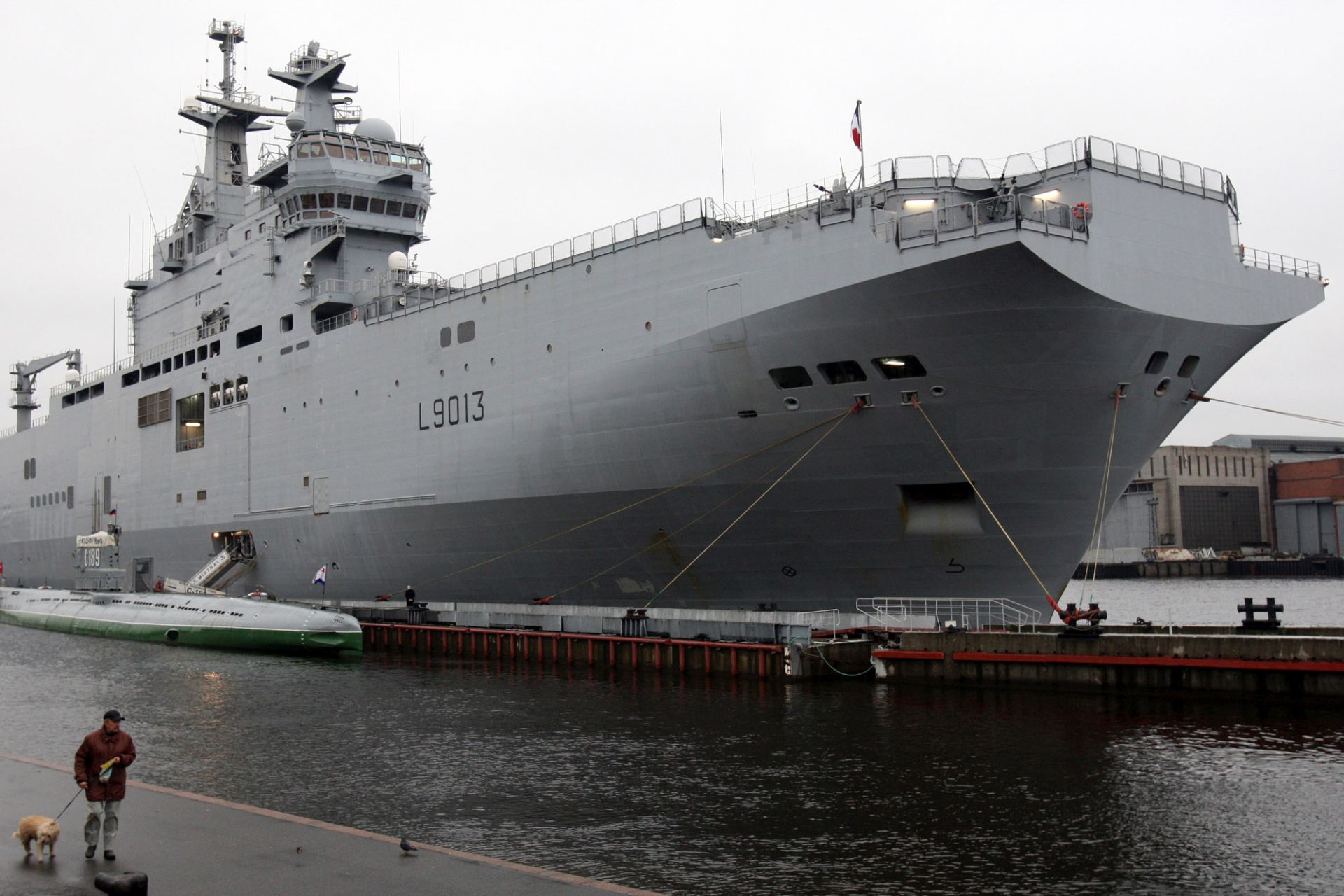DARPA’s Towed Airborne Lift of Naval Systems (TALONS) research effort recently demonstrated a prototype of a low-cost, fully automated parafoil system designed to extend maritime vessels’ long-distance communications and improve their domain awareness. Towed behind boats or ships, TALONS could carry intelligence, surveillance, reconnaissance and communications payloads of up to 150 pounds between 500 and 1,500 feet in altitude-many times higher than current ships’ masts-and greatly extend the equipment’s range and effectiveness.
DARPA has successfully tested a TALONS prototype that can be deployed by hand from smaller boats, or by mast from larger ships. Before open-water testing, TALONS’ rapid development began with land-based testing near Tucson, Arizona, in June 2014, followed by mock-up testing and measurement near Assateague Island National Seashore in Virginia in December of that year.
TALONS R and D began bench-testing the system in March 2015. Field testing on the water started in early May, and ran through June near Baltimore, Maryland, and Virginia Beach, Virginia. More than 20 TALONS flights were launched over that period, testing the system under various wind conditions and developing TALONS for different platforms.
In the Chesapeake Bay near Baltimore, the TALONS team improved hand-deployment techniques for smaller boats and sent the system up to 500 feet in altitude, tuning and programming automatic launch-and-recovery and autopilot systems. The Virginia Beach demonstration occurred several miles offshore and used a mast-deployment technique that extended TALONS’ reach to 1,000 feet in altitude to display the system’s utility for larger ships.
TALONS is part of DARPA’s Phase 1 research for Tern, a joint program between DARPA and the U.S. Navy’s Office of Naval Research. Following successful testing, DARPA may transition TALONS technology to the U.S. Navy.











